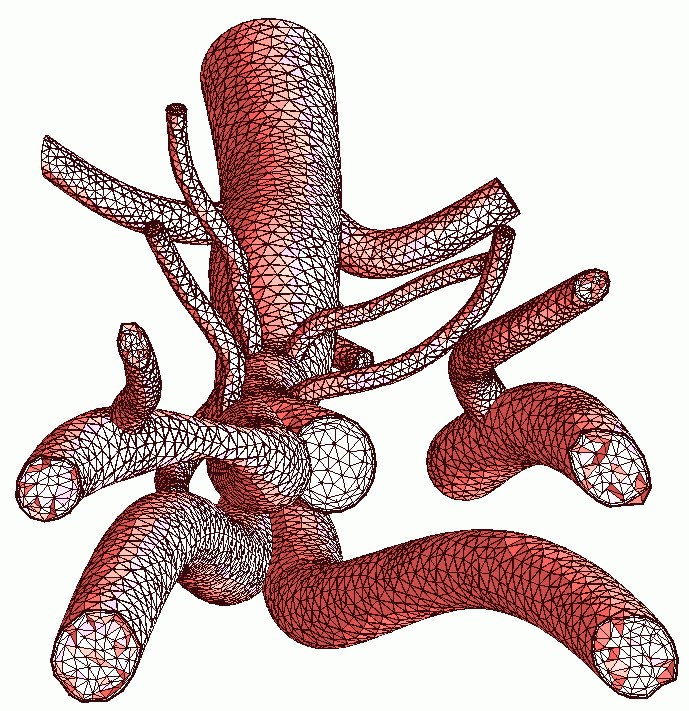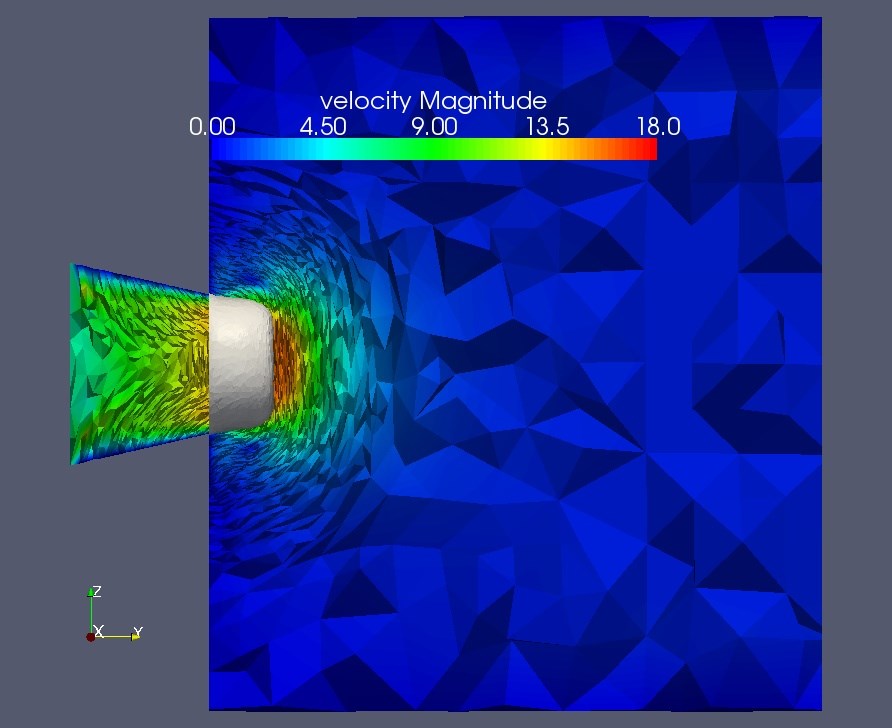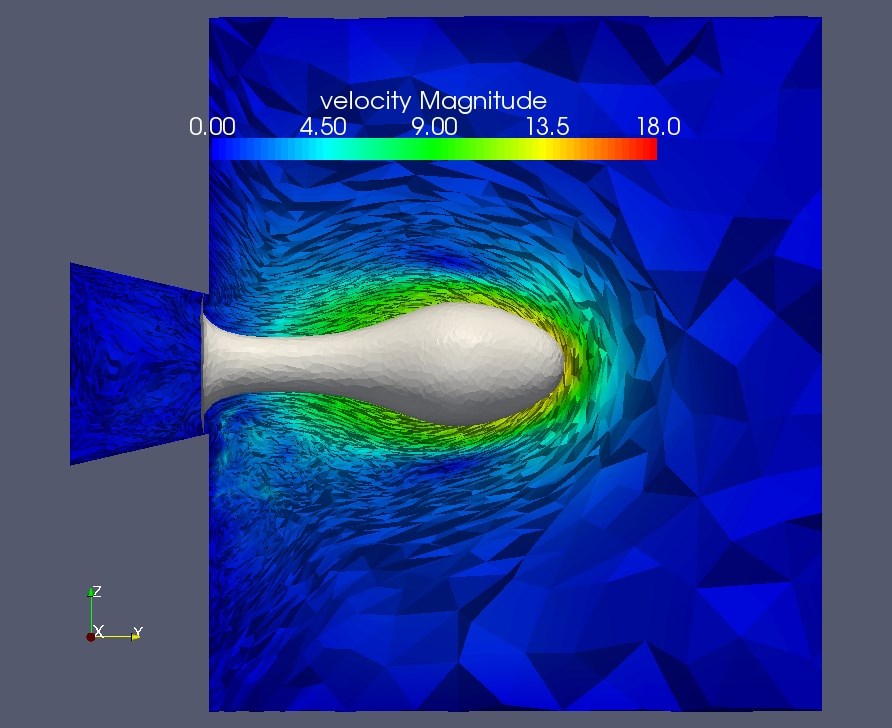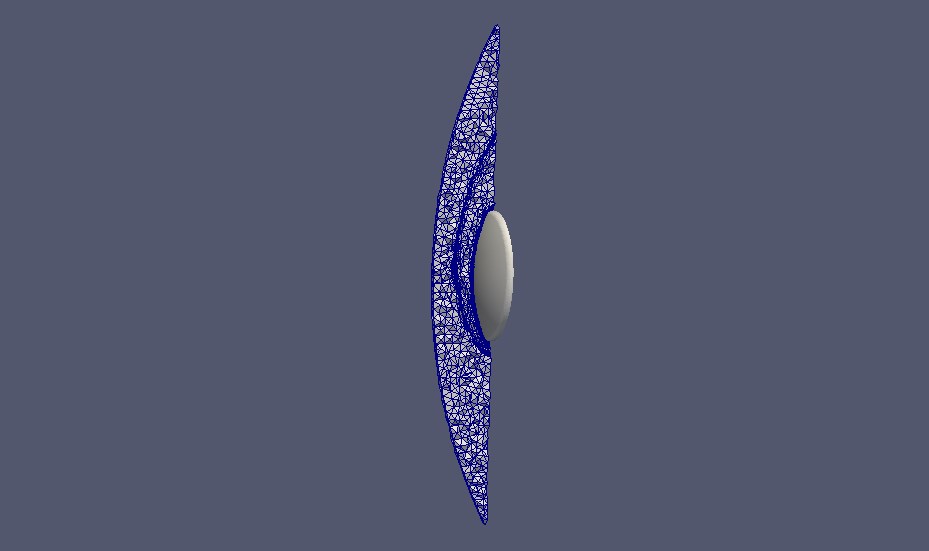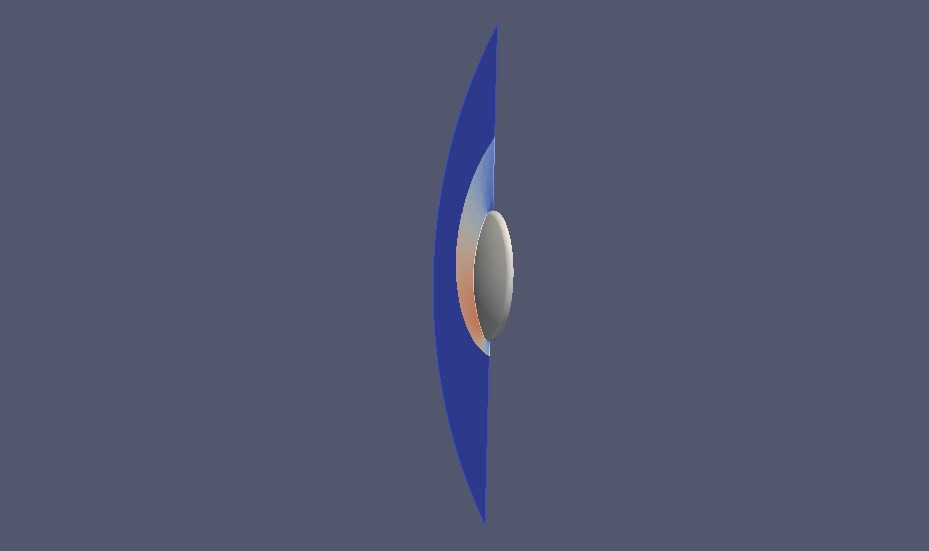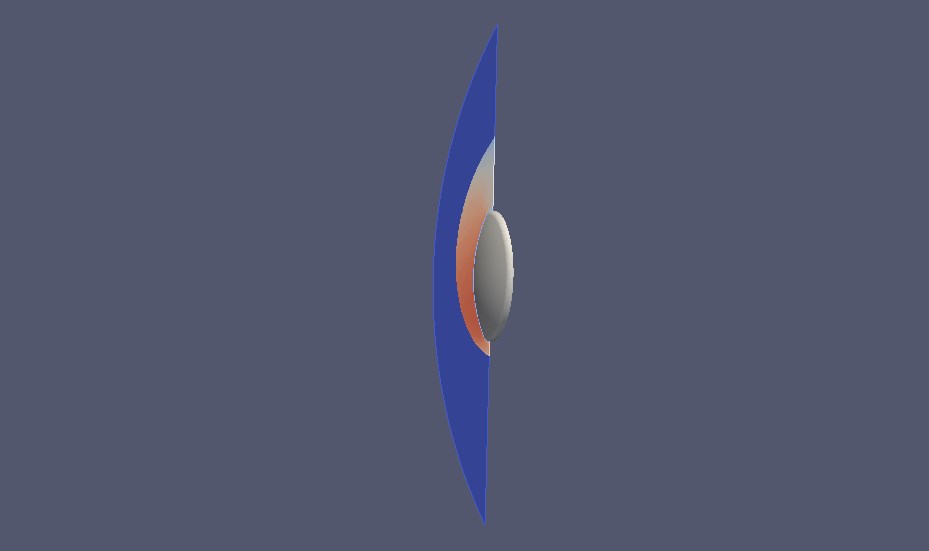Computational methods and tools developed at SCOREC are continually used to target a wide range of real-world fluid flow problems. These problems span low to high Reynolds number requiring turbulence/scale-resolving simulations, low to high-speed flows spanning biological to hypersonic regime, and evolving interface/geometry including multiphase flows with phase change. These tools have been integrated into several advanced simulation-based analysis codes including industrial/commercial ones and also deployed into a range of application areas including cardiovascular flows, active flow control, wind turbines, rotorcrafts involving multi-rotor systems, hypersonics, ballistic flows, multiphase flows, wind engineering and urban flows.
Primary Contact: Onkar Sahni
SCOREC Researchers: Banks, Hicken, Sahni, Shephard, Tumuklu, Zhang
External collaborators: USC, ARO
Fluid Flow Applications Developed
Applications include:
- Blood flow simulations in patient-specific geometries
- Turbulence resolution for wind-turbine flows
- Interactional aerodynamics for multi-rotor systems
- Adaptive two-phase flow simulations
- Ballistic flows with evolving geometry
- Supersonic/hypersonic flows involving complex geometries
Patient specific image data is used to create a virtual model. This virtual model involves a high-resolution unstructured mesh and is used to perform high-fidelity blood flow simulations for a relevant set of conditions and construct a digital twin. Multi-physics simulations are used to accurately capture the complex hemodynamics. Advanced numerical methods such as stabilized finite elements and discontinuity capturing are used to obtain high-quality numerical solutions. For example, the images show a highly accurate boundary layer mesh and scalar transport coupled with blood flow. In this case, our tools enable simulations under high Peclet numbers and interaction of multiple scalar species, including proteins, drugs and contrast agents, and allow study of phenomena such as thrombogenesis/blood clot.
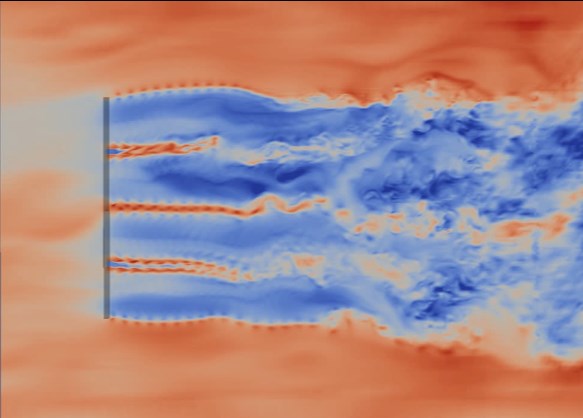
An alternative to traditional upscaling of single-rotor turbines for higher power production is the use of multiple rotors mounted on the same tower. Such multi-rotor configurations have been hypothesized to show improved wake recovery compared to area- and power-equivalent single-rotors with no adverse effect on power production. Analysis of the aerodynamics of multirotor configurations using dynamic large eddy simulations (LES) forms the focus of this work, where an actuator line/block model is employed for the rotors to reduce the computational cost. A stochastic turbulence generator is utilized to impose a fluctuating inflow velocity with no associated shear in order to study the effect of incoming turbulence on shear layer breakdown and wake recovery effects. The data obtained from current high-fidelity simulations exhibit (see image) an early onset of wake recovery in the multirotor configuration with a reducing velocity deficit as well as a higher degree of uniformity in the wake as compared to the single-rotor simulation.
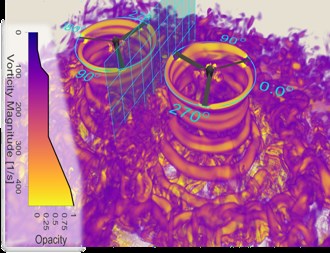
We have developed and deployed computational tools to investigate the interactional aerodynamics of hovering side-by-side rotors in ground effect. These multi-rotor systems are useful for urban air mobility. Detached eddy simulations (DES) are performed and include two side-by-side rotors above the ground. The performance of side-by-side rotors in ground effect are compared to isolated rotors out of ground effect. Between the side-by-side rotors in ground effect, a highly turbulent mixing region is identified where the wakes of each rotor collide, see image. The flow fountains vertically up, as well as exits outwards (along a direction normal to a plane connecting the two rotor hubs). The fountaining between the rotors reaches up to 1.5R above the ground, and as rotor blades traverse through this highly turbulent flow, strong vibratory loading is induced, and a larger thrust loss is observed in the outboard portion between the rotors.
Two-phase flow simulations are useful in many application areas. For example, in inkjet printing process, accurate resolution of the droplet evolution is crucial to understand the underlying physics. We have developed and employed an in-memory anisotropic adaptive workflow for multi-phase flows with highly dynamic interfaces. The image shows highly resolved evolution of a droplet spanning its formation to necking and pinch off.
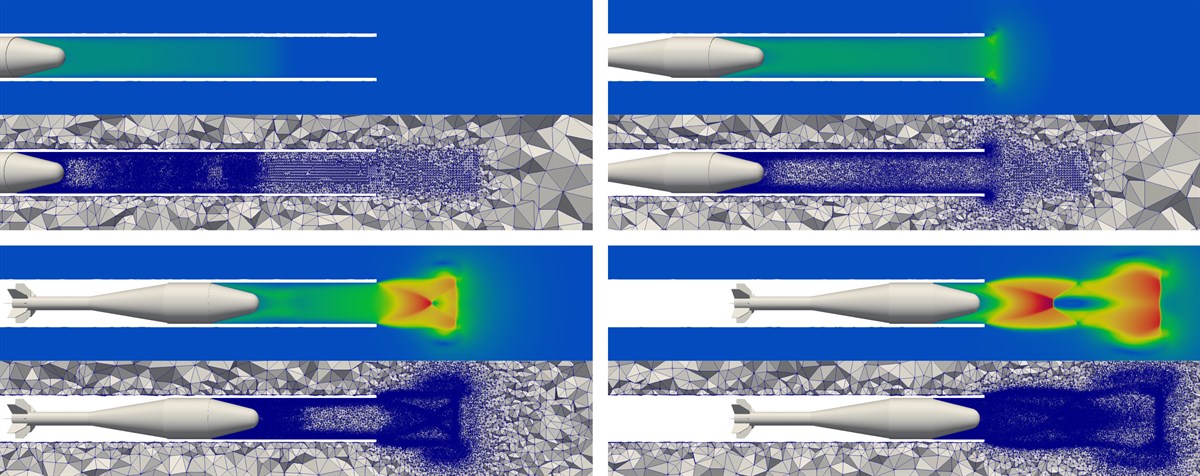
Many engineering problems are characterized as having complex geometry that evolves over time combined with complex physical behaviors. One such application involves a projectile fired from a cannon, see image. In this case, a finned projectile inside a pressurized cannon is considered. The Mach number together with the adapted mesh at four instances are shown (only for ambient air region). Using advanced simulation methods including evolving geometry and mesh adaptation, complex shock structures are captured very accurately.
The majority of the flow simulations for complex-geometry hypersonic problems are performed on fixed grids/meshes, which have been employed successfully for steady-state problems. However, most relevant problems are unsteady in nature. For example, unsteadiness arises due to the motion of the flight vehicle, such as the pitching motion of a crew exploration vehicle. We use anisotropic mesh adaptation to accurately capture the shocks and boundary layers, and surface quantities such as skin friction and surface heating. The images show an anisotropically adapted mesh and the flow variables computed on this mesh for a crew exploration vehicle a Mach 10.
